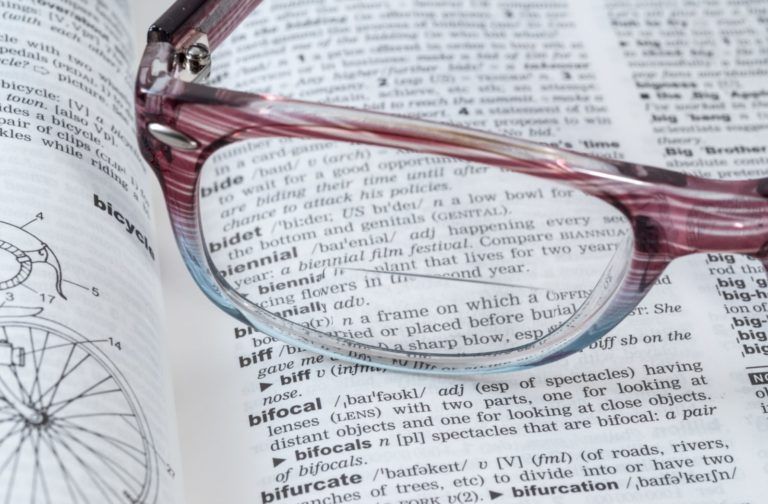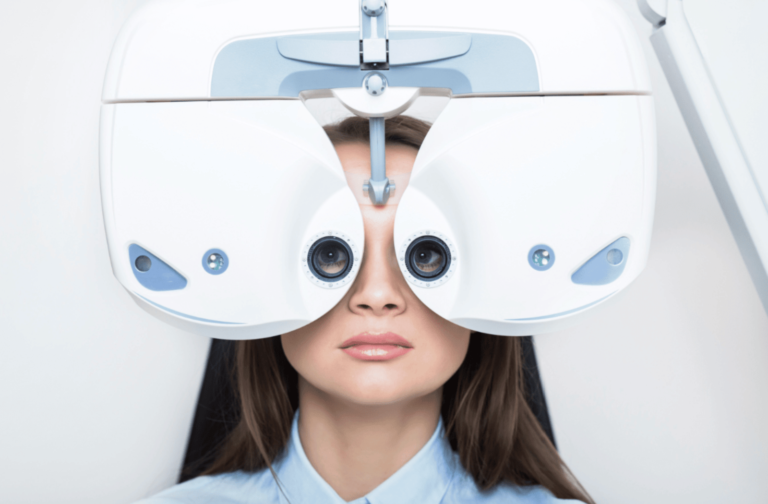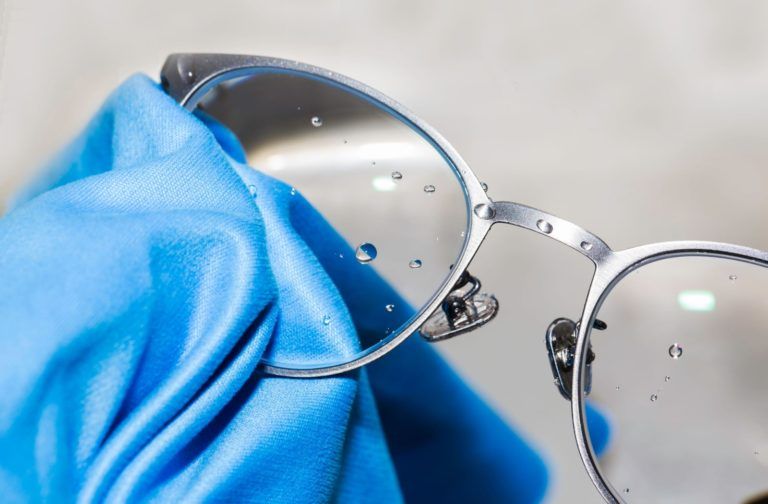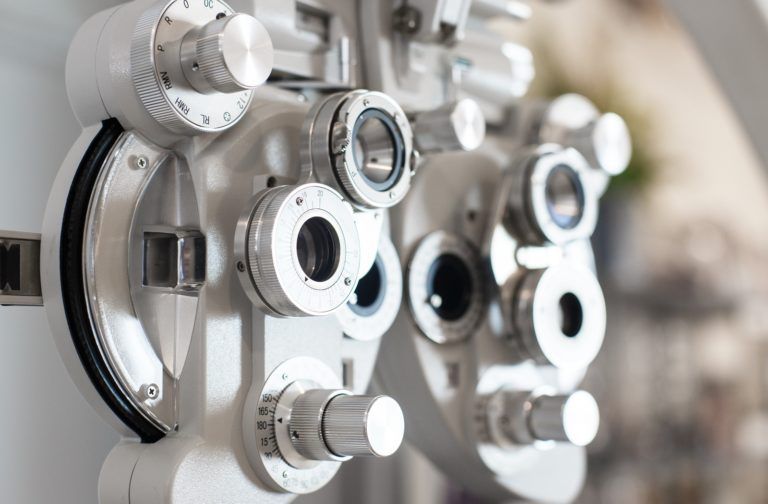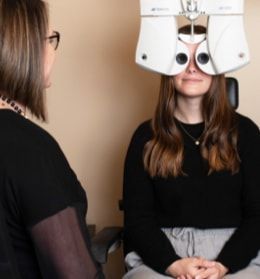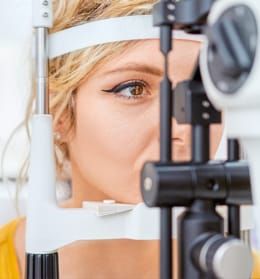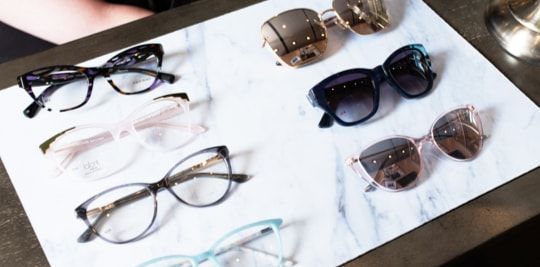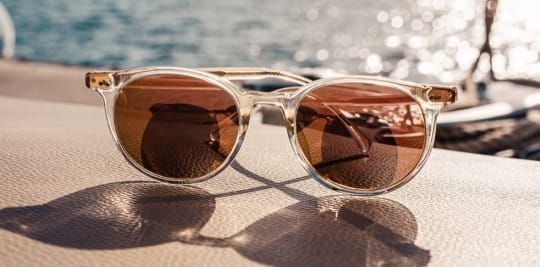Your daily commute may include driving in bright sunlight or with light reflecting off surfaces. It can reduce vision and be blinding, especially during sunrise and sunset. And don’t forget the glare from snow or on a cloudy day.
Comprehensive eye exams ensure you see your best by looking after your ocular health. Driving a roadworthy vehicle and buckling up ensures your safety on the road. So, why not extend that safety to your vision with polarized sunglasses?
Polarized sunglasses can offer safer driving and less strain on the eyes. Let’s look at polarized sunglasses in more detail and why they are safe for driving.
What Are Polarized Sunglasses?
UV radiation from the sun can be harmful not only to the skin but also to your eyes. They can cause damage to the eye’s surface, the cornea (the clear front part of the eye), and the lens (the clear part behind the pupil). You can prevent some eye conditions just by wearing polarized sunglasses.
Glare is light that bounces off other objects or from a cloudy, snowy, or rainy day. Polarized sunglasses reduce glare to offer better contrast, improve clarity, and reduce strain on the eyes.
Polarized sunglasses come in various tints and prescription or non-prescription lenses. You can choose depending on your needs and preferences. However, darker tints may be more appropriate for brighter days and lighter for overcast, foggy, or rainy days.
How Do Polarized Sunglasses Work?
Excess light entering the eyes disrupts vision, known as glare. You can get exposure to glare directly from the sun or indirectly from the road, windshields, or hoods of other cars, water, snow, and clouds.
Light from the sun is vertical, and when the light hits a horizontal object, it reflects as horizontal light. The lenses in polarized sunglasses have a special chemical that filters the horizontal light. The chemical film on the lens is in a vertical pattern, so it only lets in vertical light while preventing horizontal light from entering.
The images seen through polarized lenses are slightly darker than usual but provide clearer and crisper vision. Tinted polarized sunglasses differ in how you view colors and light but regardless of the tint, they still protect from UV rays.
Grey, brown, and amber-tinted polarized lenses are generally better for driving. These colors can brighten the surroundings on a cloudy day and improve the contrast and sharpness of objects on bright days.
Blue and yellow colored glasses can distort surrounding colors, affecting your vision if driving. Speak to your eye doctor about what color tint works best for you.

When Not to Wear Polarized Sunglasses
While 100% UV polarized sunglasses are great for driving, there are some instances when not to use them:
- They can affect depth perception due to the absence of horizontal light entering the eyes. This is dependent on individual sensitivity to depth perception.
- They may affect your ability to see ice on the roads or icy patches when skiing, as they block the glare.
- They are not ideal for driving at night with low light. They can dim any light in the dark and make it harder to see.
- They may not be compatible with some windshield tints.
- They don’t work well with car dashboards or LCD (liquid crystal display) screens.
Drive Safe with Polarized Sunglasses
Whether you wear glasses, contact lenses, or have 20/20 vision, take a proactive approach to healthy eyes and vision by wearing polarized sunglasses. The eye doctors at McCulley Optix Gallery can help you with the right pair of polarized sunglasses to ensure safe driving.
Book an appointment today to find the sun protection you need to look after your eyes while looking stylish.
Posted in Eyewear, Sunglasses
Recent Posts



Categories
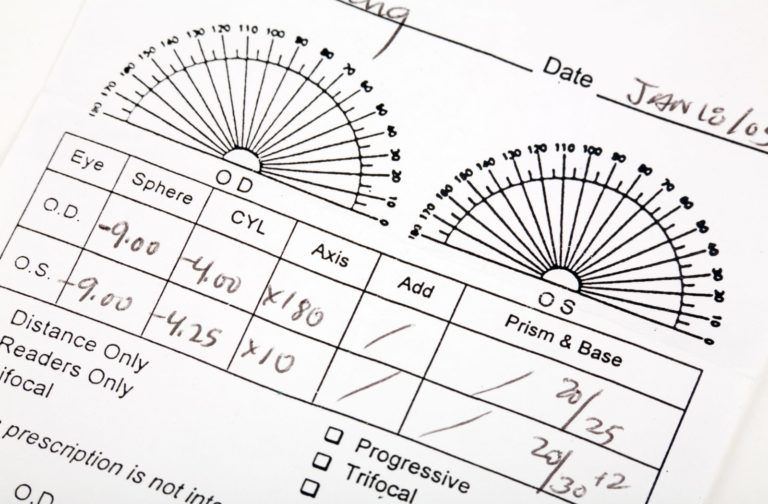


Written by Dr. Melissa McCulley
Dr. McCulley graduated with honor from Boston College in 1997 with a bachelor of science and a major in Spanish and pre-medical studies. She then went on to study optometry and graduated with honors from the Southern College of Optometry in 2001. She has past experience from the University of Minnesota Department of Ophthalmology fitting specialty contact lenses and working with low vision patients. Dr. McCulley is experienced in pediatrics and has a keen interest in treating dry eye.


